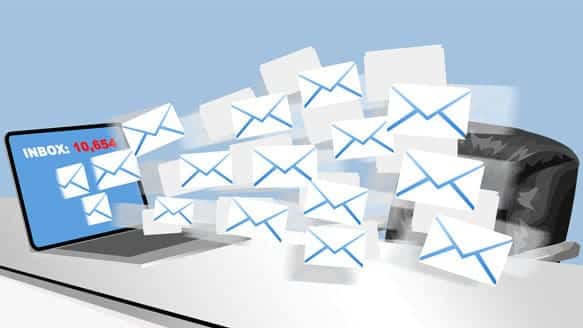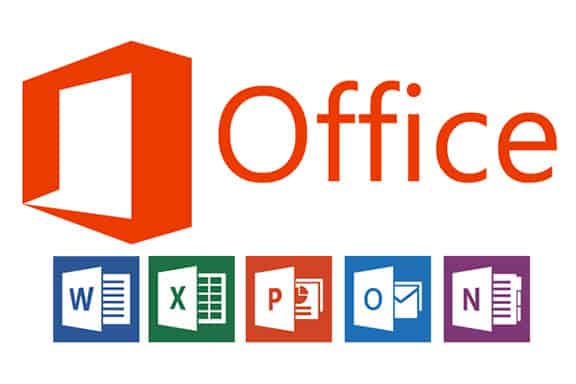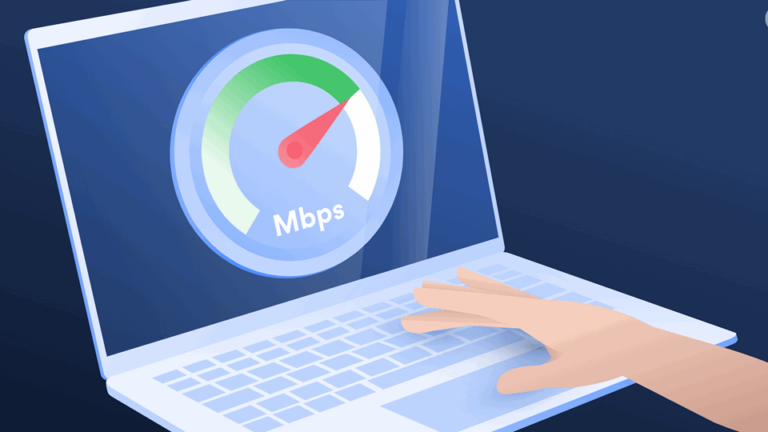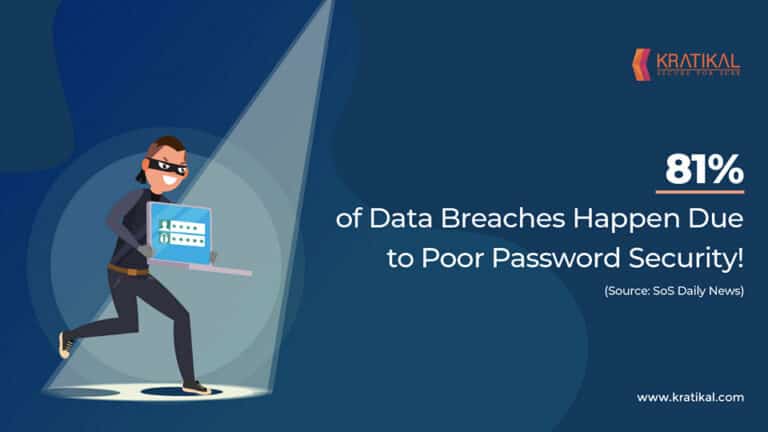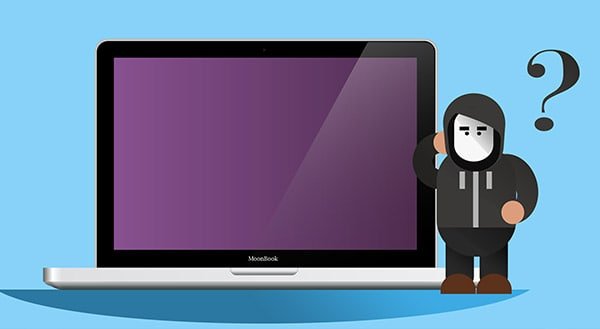Restrict who you give your email address to
It’s important to think carefully about who you give your email to. For example, if you enter a lot of contests, this often automatically subscribes you to several email campaigns. If you type your email into every popup box asking for it, these add up. Reduce who you give your email to.
Unsubscribe
Go through your inbox and unsubscribe from newsletters and promotional materials that you never read. If you haven’t opened one of their emails in months, chances that you’ll start to later are low. Turn off notifications from social networks such as Facebook, Twitter, and Pinterest. If you like emails from these networks, then at least adjust the settings so they email you highlights once a week or month rather than allowing them to spam your inbox several times per day.
However, be careful with unsubscribing from emails that you can’t identify the senders of, especially if they look very spammy or try to scam you. When you click that unsubscribe button, you might inadvertently tell scammers that your email is real (they tag every email sent!) and they will add you to even more lists.
Do you need that notification?
If you receive emails that contain information you can find elsewhere, switch those notifications off. For instance, I’ve seen people receiving notifications for every new message, “like” or comment posted on Facebook. Do you really want to see it in two different places?
Don’t use email as a to-do list
Many people think their email inbox is a to-do list. When they receive a message and not going to deal with it immediately or schedule to do it some other time, they’ll just keep that email… forever. When you need to remember to do something, put that on a list elsewhere to clear up your inbox. If this is a hard habit to break, at least make a folder for things you need to do and move emails there and out of your general inbox.
Change your email habits
Change your own email sending habits. If a topic is complex and will require a lot of back and forth conversation, consider discussing it in person or over the phone. Sending fewer emails will reduce how many you receive in return. Remember that you don’t need to respond to every email you receive. A response indicates a willingness to continue to conversation.
Resist the urge to send messages with a single word like “Thanks!” or “Ok” and you’ll notice others will stop sending you similar, unnecessary messages. And please, even if you think that joke is funny, don’t forward it to all of your contacts! Chances are, they have seen it already.
Start clearing out
Now you can start emptying out your inbox and getting rid of any old emails you don’t need to keep. Delete old calendar invites, advertisements, or any emails where the problem has already been resolved. Respond to any messages that can be answered within only a few minutes. File everything that is left until you have a completely empty inbox. Archive messages where you don’t need to take action, but you think might be useful. You can search and find these later if necessary. Put other emails into folders based off of the type of email and the priority level.
From now on, all of this can be automated. Powerful email clients, such as Outlook (or even Gmail) have filters and rules that can do most of the mundane tasks for you. You can have receipts automatically go into a receipt folder, calendar invites go into another, etc. A cluttered inbox leads to your mind feeling just as cluttered. Free up your inbox to free up your mind and create more time in your day-to-day life. Let email overload become something of the past.

